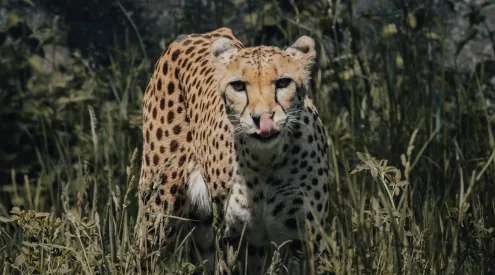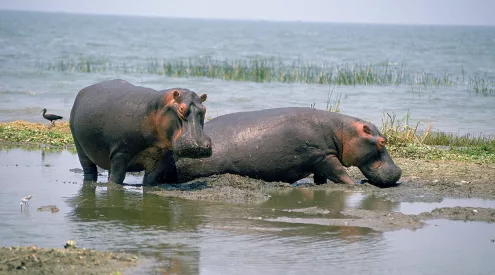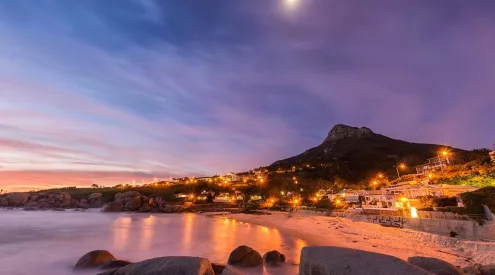The Voeltzkow’s chameleon was last seen over 100 years ago has been rediscovered in Madagascar. The reptile was believed to be extinct.
A team of researchers from the Munich State Zoological Collection (SNSB-ZSM) found several specimen of the chameleon in the Madagascan wilderness.
Chameleon Last Seen in 1918 Rediscovered In Madagascar:
Voeltzkow’s chameleons are “mayflies among vertebrae”. They live only during the rainy season, hatching from eggs, growing rapidly, sparring with rivals, mating & dying over just a few short months.https://t.co/gEzZ4iKq0B pic.twitter.com/Hqfs88XXiS
— Natural Capital Coalition (@NatCapCoalition) November 2, 2020
According to a report, this species only lives a few months during the rainy season. After hatching, the reptile matures fairly fast. It then goes on to mate and lay eggs before dying at the end of the rainy season in true ‘live fast, die young’ fashion.
‘These animals are kind of mayflies among the vertebrates,’ says Dr Frank Glaw, curator for reptiles and amphibians at the ZSM. ‘Therefore you have to be in the right place at the right time in order to be able to detect these chameleons. And that’s not so easy during the rainy season, as many roads are then not passable. This is probably one of the reasons why the colorful reptile has been overlooked for so long.’
Female Voeltzkow’s chameleons are smaller than males, growing to about 150 mm tip-to-tail. Males measure up to 164 mm long. Males are light green, but flash dark green stripes when stressed, according to Live Science.
When relaxed, females are green with darker green stripes and red dots along their sides. When stressed, their stripes turn black and a purple streak appears along their sides. Their throats can flash a striking orange.
Voeltzkow’s chameleon are found in Madagascar after hiding for 100 years. #MondayMotivation #mondaythoughts pic.twitter.com/Jh1bmJDWE7
— JohnnysEye (@sniperwolf__22) November 2, 2020
‘Fortunately, for all we know, the Voeltzkow chameleon is not in acute danger of extinction, because its range is probably still relatively large,’ says Dr David Prötzel, also a member of the expedition team. ‘That said, the species’ habitat is at risk due to the threat of deforestation in Madagascar.’
Picture: Twitter/NatCapCoalition/Kathrin Glaw


















